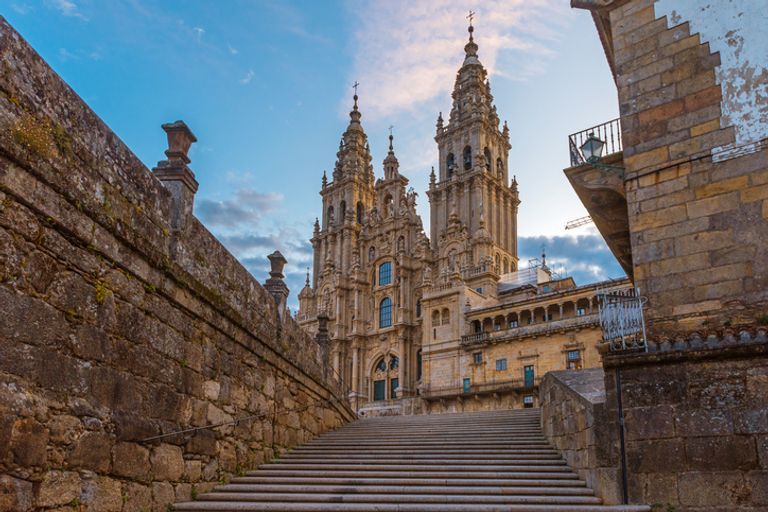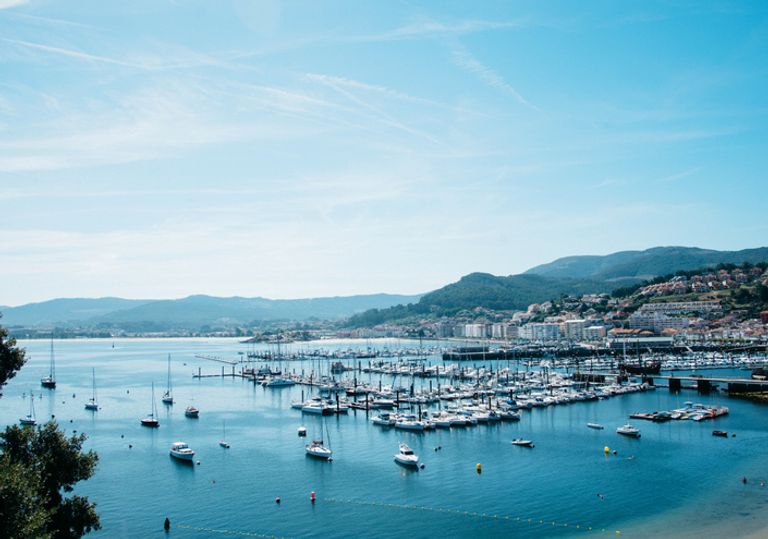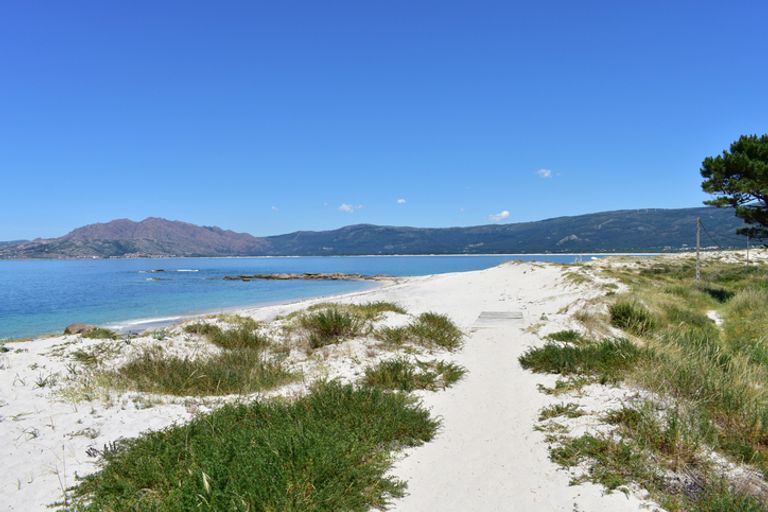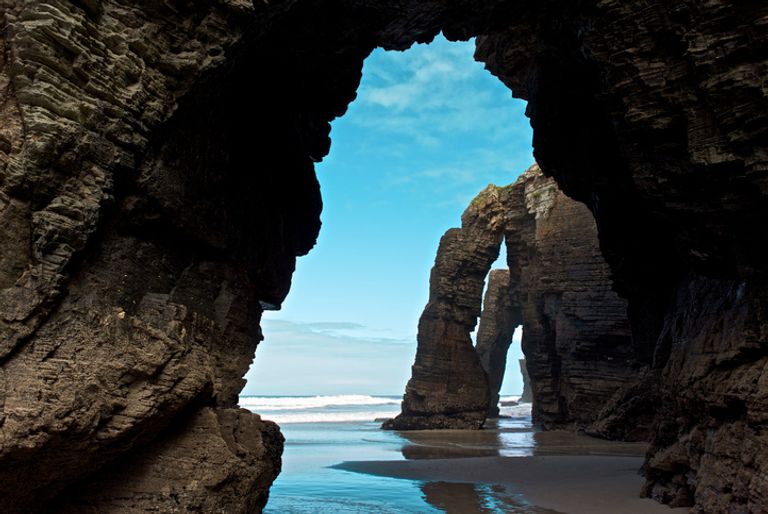Galicia is a region steeped in history, with a proud local community, its own language and an exceptional food scene. Spain’s wild Atlantic coast is awash with stunning natural scenery, including sharp cliffs, hidden coves with untouched beaches, intriguing inlets, lagoons and awesome rock formations that are asking to be explored.
Inland Galicia is known for its lush greenery. This temperate corner of Spain has a cooler climate than the rest of the country and a humid atmosphere, so expect a landscape of rolling hills and patchwork farmland that doesn’t look too dissimilar to back in Blighty.
Our collection of villas in Galicia allow you to make a base for exploring the region, giving you somewhere beautiful and relaxing to return to after a day of adventures.

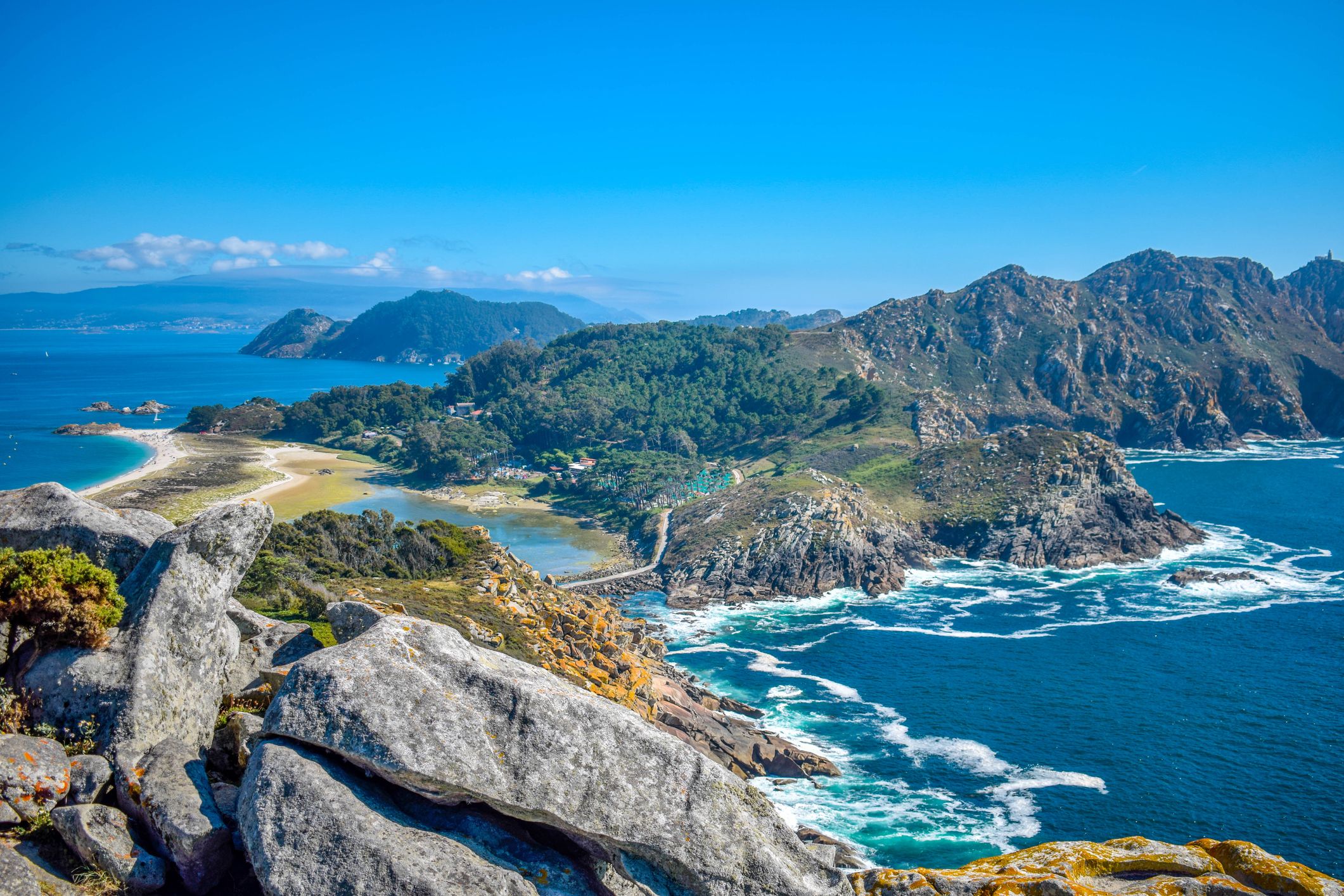
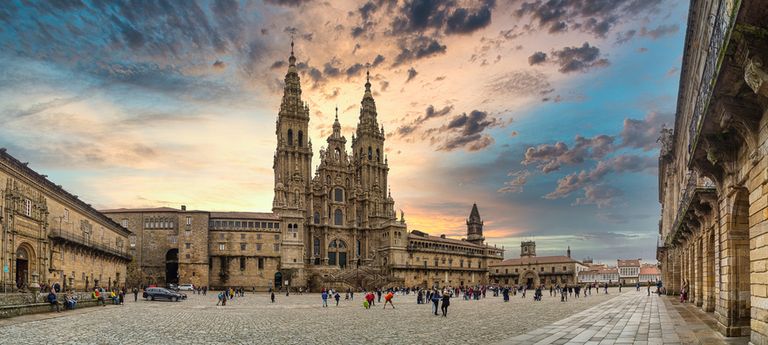
 Praia de Rodas – Cíes Islands
Praia de Rodas – Cíes Islands